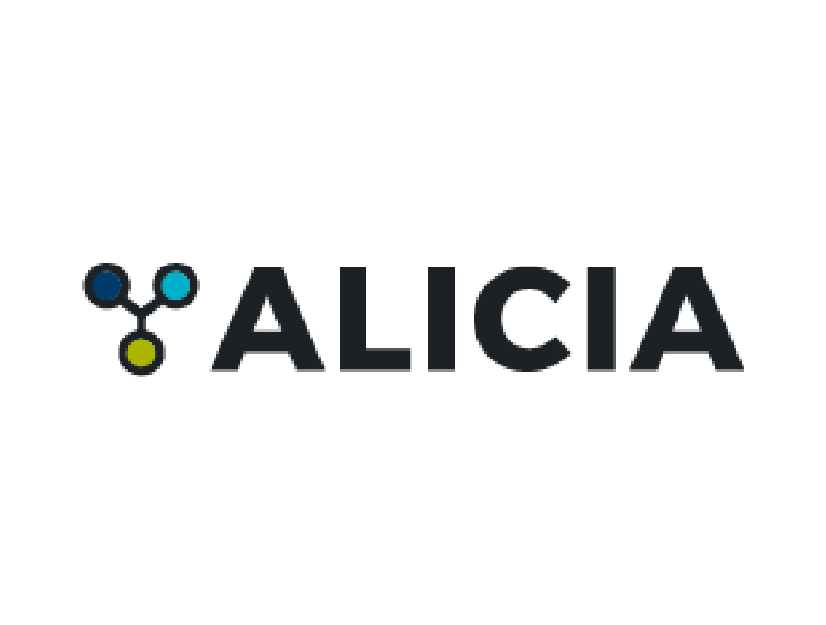Evaluación de la instalación de un sistema de riego tecnificado por goteo en el GGE La Capilla – Mochumi - Lambayeque
Fecha
2024-07-12Autor
Chapoñan Rimarachín, Ana Claudia
Pacherres Zapata, Saul
Metadatos
Mostrar el registro completo del ítemResumen
En la agricultura se trata de aprovechar el recurso hídrico al máximo y con este fin
los dueños que conforman el Grupo de Gestión Empresarial de la zona La
Capilla - Mochumí nos han permitido hacer una evaluación al sistema de riego
localizado existente.
Debido al paso del tiempo y notar ciertas variaciones en relación al diseño inicial
del proyecto, se ha decidido evaluar el sistema de riego tecnificado por goteo en
las 28 ha del cultivo de algodón IPA, para dar a conocer el estado actual, proponer
mejoras en su instalación, operación y mantenimiento de dicho proyecto para que
perdure en el tiempo.
Con la ayuda de materiales como el uso de un formulario, recolectando datos sobre
la situación actual de todo el sistema de riego, desde la captación hasta el destino
final del agua, que es la dotación de agua en el cultivo.
La metodología que se realizó para el presente trabajo de investigación fue el
cálculo del coeficiente de caudales (CUC) mediante el método de la probeta y el
cálculo de uniformidad de presiones (CUP); por el método del manómetro, teniendo
como población total 28 ha divididos en 5 turnos de riego, que son áreas con un
programa de riego, enumeradas en orden desde el 1 hasta el 5, de los cuales se
tomó 16 muestras por turno.
Mediante el uso del método de Merriam, J y Keller, J (1978) que consiste en
seleccionar cuatro laterales de una área representativa, luego en cada lateral se
selecciona cuatro goteros con distanciamiento equitativo, y en cada uno de ellos se
recolecta una cantidad de agua en un determinado tiempo, luego se mide la presión
en cada punto, luego obtenido ya los resultados se saca un promedio y se ve en
qué clasificación está según la metodología del antes mencionado con el fin de
tener un diagnóstico del estado actual del sistema, para dar propuestas de mejoras
a futuro en el proyecto, de esta manera beneficiar y ayudar a la población de la
zona, para que sus productos de algodón IPA sean de calidad.
De los resultados de la evaluación se ha obtenido un coeficiente de uniformidad de
caudales (CUC) promedio un 79.34%, siendo su nivel de clasificación POBRE, con
respecto al coeficiente de uniformidad de presiones (CUP) promedio del sistema de
riego es 71.35%, con un nivel e clasificación POBRE, de acuerdo con la
clasificación de Merriam J. y Keller J.1978. In agriculture it is all about making the best use of water resources and for this
purpose the owners that make up the Business Management Group of the La
Capilla - Mochumí area have allowed us to make an evaluation of the existing
localized irrigation system.
Due to the passage of time and noticing certain variations in relation to the initial
design of the project, it has been decided to evaluate the drip irrigation system in
the 28 ha of the IPA cotton crop, to make known the current status, propose
improvements in its installation, operation and maintenance of the project so that it
lasts over time.
With the help of materials such as the use of a form, collecting data on the current
situation of the entire irrigation system, from the catchment to the final destination
of the water, which is the water supply in the crop.
The methodology used for this research work was the calculation of the flow
coefficient (CUC) using the test tube method and the calculation of pressure
uniformity (CUP); using the pressure gauge method, with a total population of 28 ha
divided into 5 irrigation shifts, which are areas with an irrigation program, numbered
in order from 1 to 5, from which 16 samples were taken per shift.
By using the method of Merriam, J and Keller, J (1978) which consists of selecting
four laterals of a representative area, then in each lateral four drippers are selected
with equal spacing, and in each of them a quantity of water is collected in a certain
time, then the pressure is measured at each point, Then the pressure is measured
at each point, then the results are obtained and an average is taken and it is seen
in what classification is according to the methodology mentioned above in order to
have a diagnosis of the current state of the system, to give proposals for future
improvements in the project, thus benefiting and helping the population of the area,
so that their IPA cotton products are of quality.
From the results of the evaluation, an average flow uniformity coefficient (CUC) of
79.34% has been obtained, being its classification level POOR, with respect to the
average pressure uniformity coefficient (CUP) of the irrigation system is 71.35%,
with a POOR classification level, according to the classification of Merriam J. and
Keller J.1978
Colecciones
- Ingeniería Agrícola [192]







